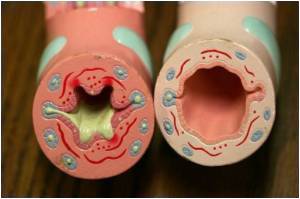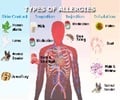A trigger that induces B cells to produce effective and long-lived antibodies early in the immune response has been discovered by US scientists.

The findings appear in the July 5, 2010, issue of The Journal of Experimental Medicine.
Senior author Raul Torres, Associate Professor of Immunology at National Jewish Health, said: "In our experiments, a molecule that interacts with the innate immune system stimulates follicular B cells, which are recognized as part of the adaptive immune system. Our data provide evidence of a continuous immune response, rather than two distinct and separate arms."
The innate immune response begins within minutes to hours after an infection begins by recognizing general molecular patterns associated with infectious organisms, such as components of bacterial cell walls. It is rapid but not particularly focused. The adaptive immune response detects proteins associated with specific invaders, and ultimately produces highly targeted antibodies that help neutralize foreign organisms. That process begins several days after the infection has begun, and does not reach full strength for 10 days to two weeks on average.
For many years, scientists thought the two arms of the immune response acted separately and independently. If that were true, however, there would be a gap in protection after the innate response fades and before the adaptive response kicks in. In recent years, scientists have begun realizing that the two arms of the immune system communicate with each other to fill that gap.
Dr. Torres and Cristina L. Swanson, a postdoctoral fellow in his lab, studied a process that contains elements of both innate and adaptive immunity, known as the T-cell independent antibody response. While B cells are most widely recognized for their contributions to the adaptive immune response, some begin producing antibodies soon after an infection begins. Instead of detecting a single specific protein associated with the invader, they detect repetitive molecules linked together, such as those found in a bacterial cell wall or viral capsid.
Advertisement
The results were striking. Early antibody levels doubled when the TLR ligand was added. The mix of antibodies shifted as well, from 61 percent IgM to 82 percent IgG, which is a highly effective weapon against disease-causing organisms. The IgG levels remained elevated in mice for 182 days, as long as the researchers measured them. The long-lived persistence of this effective antibody suggests that the observations could be adapted to make more effective vaccines.
Advertisement
Dr. Swanson, first author on the paper, said: "Our experiments not only provide further evidence for bridge immunity, but also demonstrate a precise mechanism by which it occurs."
Source-ANI








